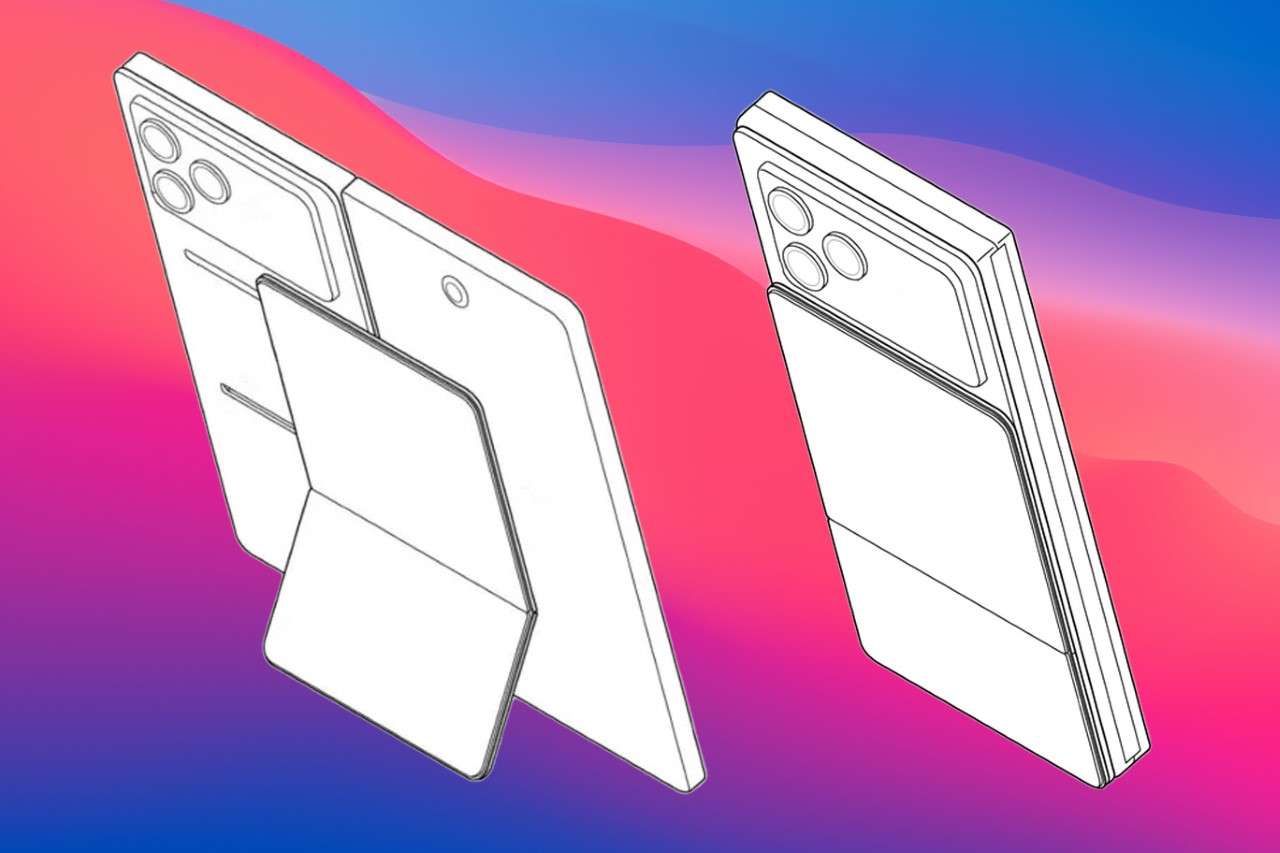
Microsoft’s Revolutionary Dual-Screen Surface Patent
Microsoft’s recent patent application unveils exciting possibilities for future iterations of its Surface devices. The patent focuses on novel interaction methods specifically designed for dual-screen tablets, hinting at a significant leap forward in user experience. This could revolutionize how users engage with their devices, opening up new avenues for productivity and creativity. Expect significant changes in the way we interact with portable technology in the coming years.
Reimagining the Dual-Screen Experience
The core of the patent lies in its innovative approach to handling input and interaction across two distinct screens. Traditional dual-screen devices often struggle to provide a seamless and intuitive experience, leading to clunky workflows and frustrating user journeys. Microsoft’s proposed solution seeks to alleviate these issues by introducing a more fluid and intuitive system. The patent suggests several key improvements, offering a glimpse into a future where multi-screen devices are truly intuitive.
Gesture Recognition and Contextual Awareness
A crucial element of the patent revolves around advanced gesture recognition. The system would not only recognize simple swipes and taps but also interpret more complex hand movements, potentially allowing for more nuanced control and interaction. This would be combined with contextual awareness, meaning the device would understand the user’s actions based on the application being used and the content displayed. For instance, a specific gesture might trigger a different action in a photo editing app compared to a word processor.
Improved Multitasking and App Integration
The patent also suggests improvements to multitasking capabilities. Current dual-screen devices often struggle with seamless transitions between applications. Microsoft’s proposed system aims to simplify this process, allowing for more fluid multitasking and improved application integration. Imagine effortlessly dragging and dropping content between applications, or seamlessly transitioning between different workflows without any interruptions.
This improved integration could redefine how users manage multiple tasks concurrently. The potential for streamlined workflows could significantly enhance productivity, particularly for users who rely heavily on multitasking capabilities.
Enhanced Pen Input and Precision
For those who favor pen input, the patent hints at significant advancements in pen functionality. The system might incorporate more sophisticated pressure sensitivity and tilt recognition, allowing for greater precision and control. This enhanced pen input could prove invaluable for artists, designers, and anyone who benefits from precise digital inking.
This level of precision could blur the lines between physical and digital mediums, creating a more natural and intuitive drawing experience. The impact on digital art and design could be transformative.
Exploring the Implications
The implications of this patent extend beyond mere convenience. By improving the user experience of dual-screen devices, Microsoft could potentially increase the adoption rate of this increasingly popular form factor. This could lead to more innovation in the dual-screen market, potentially influencing other manufacturers and driving further advancements in mobile computing.
Potential Benefits for Users
- Increased productivity through seamless multitasking.
- Enhanced creativity through improved pen input and gesture recognition.
- More intuitive and enjoyable user experience.
- Potential for new and innovative applications.
Challenges and Considerations
Despite the exciting possibilities, the implementation of these technologies presents certain challenges. Developing accurate and reliable gesture recognition requires sophisticated algorithms and powerful processors. Ensuring seamless integration across different applications also necessitates careful planning and collaboration with software developers. The cost of implementing such advanced technology might also be a factor.
The Future of Dual-Screen Computing
Microsoft’s patent suggests a future where dual-screen devices are no longer a niche market, but a mainstream technology seamlessly integrated into our daily lives. The advancements proposed could significantly improve the user experience, making these devices more accessible and appealing to a wider audience.
The intuitive interaction methods described in the patent could potentially redefine how we interact with technology in general. The potential impact on productivity and creativity is significant, offering a glimpse into a future where technology enhances our capabilities in unprecedented ways.
Potential Applications Across Various Industries
- Creative Professionals: Enhanced drawing and design capabilities.
- Business Professionals: Streamlined workflows and improved multitasking.
- Students: Improved note-taking and research capabilities.
- Gamers: Immersive and engaging gaming experiences.
- Healthcare Professionals: Improved access to patient data and medical imaging.
This patent represents a significant step towards realizing the full potential of dual-screen devices. The innovative approach to interaction could revolutionize the way we engage with technology, opening doors for a more intuitive, efficient, and ultimately more enjoyable computing experience. The focus on user experience is commendable and indicative of a future where technology seamlessly adapts to our needs.
The success of this technology will depend on several factors, including the development of robust software support and the overall cost of implementation. However, if Microsoft succeeds in bringing its vision to fruition, we can expect a significant shift in the landscape of mobile computing. The potential for innovation is immense, and this patent serves as a testament to Microsoft’s ongoing commitment to pushing the boundaries of what’s possible.
The implications for the future of computing are far-reaching, promising a more seamless and integrated digital experience. This patent is not just about improving a specific device, but about redefining how we interact with technology as a whole. It paves the way for a more intuitive, efficient, and ultimately, more human-centered technological future.
The future of dual-screen technology looks bright, thanks to Microsoft’s commitment to innovation and user-centric design. The journey from patent to product will undoubtedly be challenging, but the potential rewards are immense. We eagerly anticipate the release of devices incorporating these advancements;
The patent, in its entirety, signifies a bold step towards a future where technology is not just a tool, but an extension of ourselves, seamlessly integrating into our lives and empowering us to achieve more.



